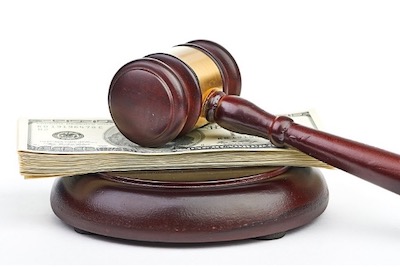By Harold Jackson, Associate Attorney, Braumiller Law Group
The legality of the Section 301 Actions for List 3 ($200 Billion Trade Action) and 4a ($300 Billion Trade Action) continues to be contentiously disputed before the Court of International Trade. The mass action, In re Section 301 Cases, No. 21-00052, encompasses claims of over 6,500 Plaintiffs that argue the Section 301 Duties, enacted under the Trade Act of 1974, are illegal. If the Plaintiffs are successful, the parties could be entitled to a refund of duties on Lists 3 and 4a products dating back to the implementation of the duties in 2018 and 2019 – a multi-billion-dollar action covering duty recovery over a span of 3-4 years, with the potential recovery growing daily as importers continue to pay the tariffs on merchandise imported from China.
As a recap – on April 1, 2022, the Court published a slip opinion, holding that the U.S. Trade Representative (“USTR”) had the statutory authority to implement Section 301 Actions for List 3 and 4a, but held that the USTR failed to adequately explain its rationale for the 301 actions. As a result, the Court remanded the USTR’s decisions to implement duties, holding that the USTR failed to adequately respond to the comments submitted in advance of the tariffs. In the opinion, the Court stated that Lists 3 and 4a “require reconsideration or further explanation regarding the USTR’s rationale for imposing the tariffs and, as necessary, the USTR’s reasons for placing products on the lists or removing products therefrom.” On August 1, the USTR returned to the Court with a Remand Determination.
Now, the issue before the Court is the sufficiency of the government’s justifications for the tariffs encompassed in the USTR’s Remand Determination. In other words, the outcome of the litigation now depends on whether the USTR’s Remand Determination provided sufficient rationale for Lists 3 and 4a, focusing on how adequately the USTR addressed the industry comments and otherwise further explained the government’s rationale for implementing the tariffs with the information provided at the time of implementation (not after).
On September 14, the Plaintiffs filed Comments on the USTR’s Remand Determination, arguing the agency again failed to further justify the tariffs, was non-responsive, immaterial, and used information that was post hoc (i.e., not known until after the tariffs were published). Additionally, the Plaintiffs argued that the USTR failed to respond adequately to major policy concerns, including damage to the economy via 301 tariffs, the efficacy of the tariffs, and alternatives to the tariffs to achieve their proposed goal.
Looking forward, the government has an opportunity to respond to the Plaintiffs’ Comments by October 28, for which the Plaintiffs will have an opportunity to reply by November 14. Afterward, the Court may hear another round of oral arguments. Because this will require further deliberation by the Court, which could take some months following, a final judgment is not expected until mid-2023 or later – with an appeal likely to follow. Importers should anticipate Lists 3 and 4a staying in place until the end of the litigation (including appeal), as the Biden Administration continues to defend the tariff actions and stonewall the public on guidance as to the future enforcement of the Trump-era tariffs. If you believe your products are subject to these duties, believe an exclusion applies, or want to join the litigation – consultation with outside trade counsel is highly advised.

